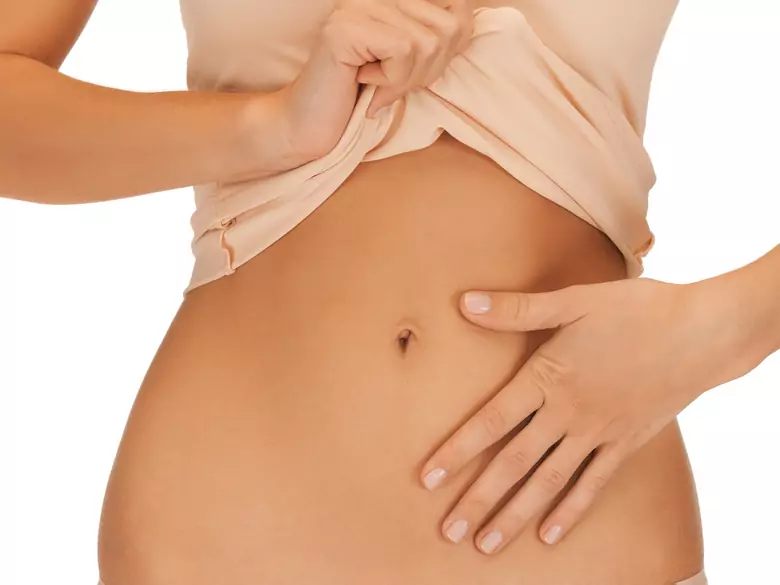
16-04-2014
,Anna Piotrowska Source: E. Baszak- Radomańska, T. Radomański: Vulvudnia - an interdisciplinary problem concerning also postmenopausal women: Menopauzal Review 2011; 4, pp. 324-327 N. Rybak, D. Mazurek, J. Kotarski: Vulvodynia- pathogenesis, diagnosis and current treatment options; Przegląd Menopauzalny 2012; 1; pp. 36-40.

You can read this text in 1 min.
